
3 minute read
VEILED BEAUTY
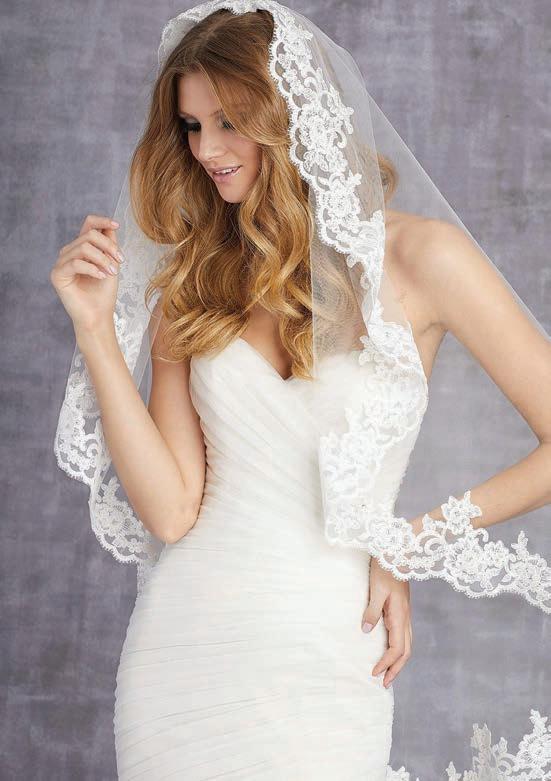
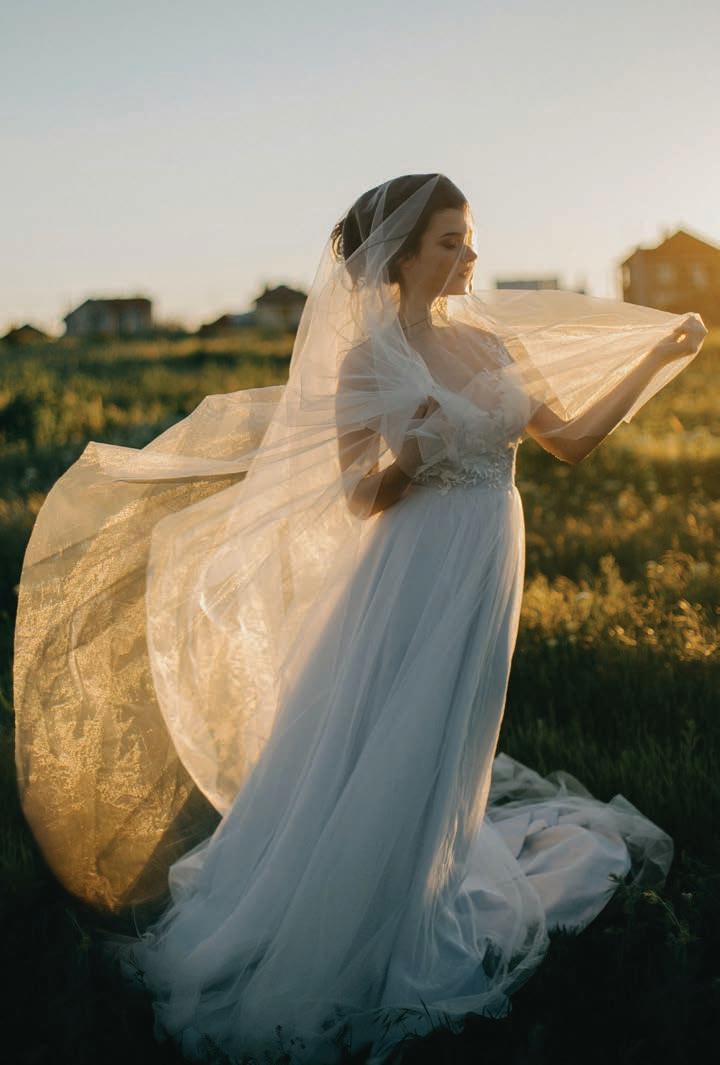
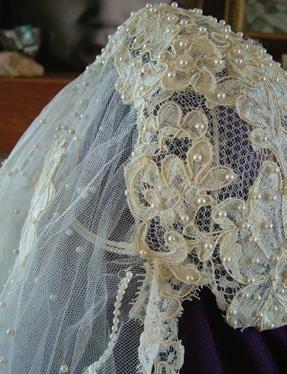
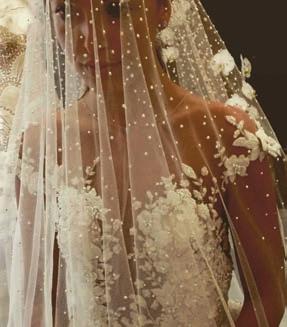
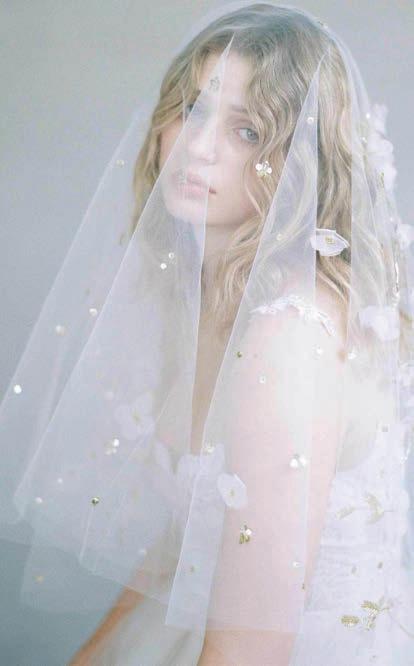
Behind the veil
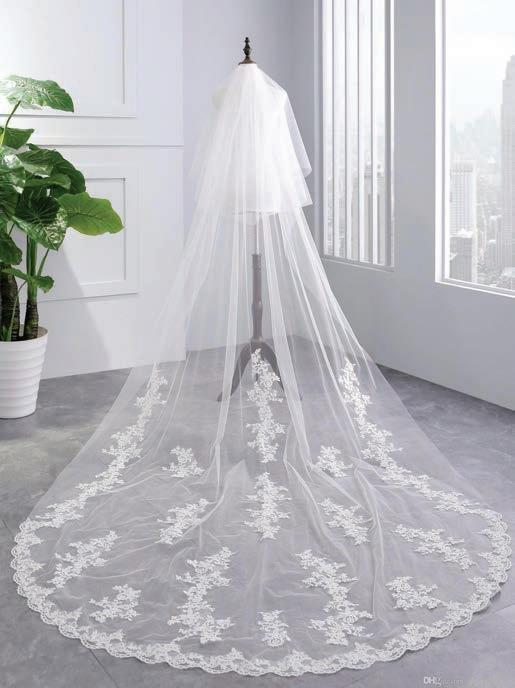
COVERING OUR FACES IS BECOMING A THING BUT AN ATTRACTIVE AND SYMBOLIC VEIL HAS ALWAYS BEEN SPECIAL
The origins ofwearing a veil go back to between 1,400 and 1,100BC, originally in Mesopotamia and the Greek and Persian empires. A veil was also the most prominent feature of a Roman bride‘s wedding. It was the deep yellow colour of a candle flame and designed to evoke the veil of a Roman priestess, Flaminica Dialis, who could not divorce her husband, thehigh priest of Jupiter. It was supposed to ward off evil eyes, ever open to the chance of ruining a superstitious Roman bride’s big day.
The Romans thought of a bride being ‘clouded over with a veil‘ from the association of their verb nubere, to be married, with their word for cloud, nubes. Could this be what prompts today’s description of many brides as floating down the aisle like a cloud?
This oldest piece in the bridal ensemble, allowed brides to bewrapped from head to toe to show they were being given to their grooms as untouched maidens. A bride would wear the face veil through the ceremony. Then either her father lifted itwhen presenting her to the groom, or the groom lifted it to symbolically consummate the marriage. The lifting of the veil may be ceremonially seen as the crowning event of the wedding, when the beauty of the bride is finally revealed to the groom and the guests. In modern weddings, this little ceremony may not happen and it may even be considered sexist for the bride to have her face covered. In fact, many veils are worn under a traditional tiara or floral headdress and simply hang from the top or the back. Another highly practical purpose for a heavy veil supposedly comes from the days when marriages were arranged. The groom was not permitted to lift the veil until the ceremony was completely over. No doubt this saved many a young lady from permanent spinsterhood.
In the 18th century, the veil with all its customs and traditions fell out of fashion. But then Queen Victoria married Prince Albert, in a white dress with all the trimmings and a veil flowing down her back. She was the first modern monarch to wear a veil to be married and set a trend that lasts to this day.
For some, the veil can be a sentimental symbol of continuity. Many brides consider wearing their mother or even grandmother’s veil as a perfect example of the ‘something old’, ‘something borrowed’ that traditionally makes up a bride’s ensemble.
And a veil can also be incorporated into a christening gown later, or hung over the first baby’s cot, or just kept for sentimental reasons or in case anyone else would like to borrow it. And for bride considering the full white wedding ceremony it is so romantic and as the crowning glory of a wedding dress;something all brides should seriously consider.
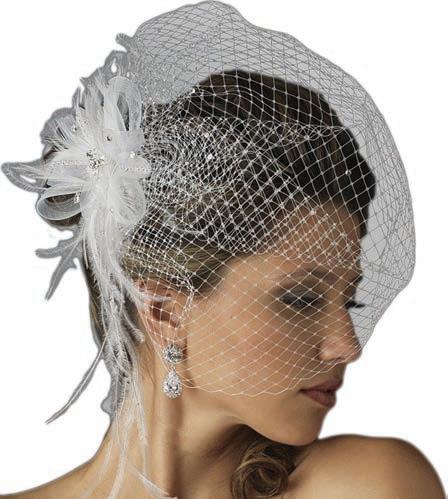
CHOOSING YOUR VEIL
The first consideration is your dress.
A veil needs to suit the style of the dress; whether it is classic, sophisticated, soft and romantic. Different shapes and lengths suit each one.
If it is quite simple it will take an elaborate veil. If there is a lot of detailed embellishment, a simple, transparent veil will show it off best.
The decoration should be neither too light nor too heavy. Embroidery, beading, pearls, lace can all complement your dress accordingly.
The length, width, weight and fabric of the veil also depends the style of dress and the headpiece that it will be secured to.
The shape of your face and your wedding-day hairstyle will ultimately influence how your veil looks. Decide on a hairstyle and try on veils with a similar one to judge the final effect.
The colour is very important too. It could be exactly the same shade as your dress or lighter or darker. Plain or shimmery effects are both attractive, but think about how the lighting in the church and at the reception might affect the final look.









